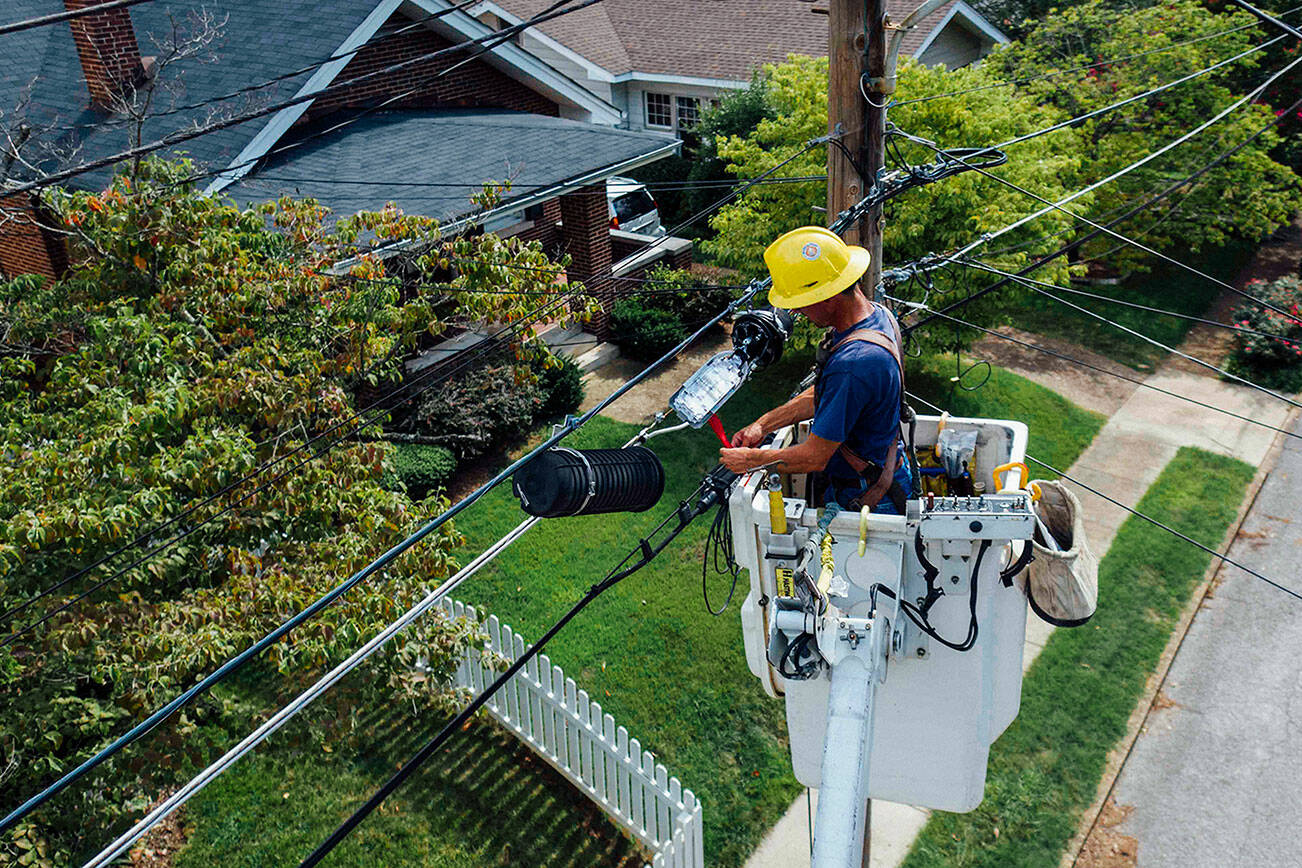Gov. Jay Inslee’s utility shut-offs moratorium ended Thursday, Sept. 30, putting half a million Washington residents at risk of losing their utilities, according to the Washington State Department of Commerce.
The end of this moratorium comes as autumn temperatures are dropping, making utilities like heat and electricity ever more necessary.
Luckily, most utility providers will work with their customers to create payment plans, according to the Department of Commerce. Private utility companies are regulated by the state and are required to offer payment plans.
Relief in the form of rental and utility payment assistance is also available for folks behind on their bills, according to the Department of Commerce. Certain households can apply for grants through the Low-Income Home Energy Assistance Program on the Department of Commerce website.
One of the largest providers of electricity in the state, Puget Sound Energy (PSE), has several assistance programs available for customers struggling to pay their bills, according to a PSE press release. For example, PSE’s COVID-bill assistance program offers qualifying customers a $2,500 credit for past due bills on their account, according to their website.
Coinciding with the end of the moratorium, PSE increased customer rates on Friday Oct. 1, according to the Utility and Transportation Commission. Residential electric customers using 900 kWh per month will see a $1.81 increase in their monthly bill. On average, natural gas customers will see a $0.52 increase in their monthly bill, according to the commission.
Despite the end in the moratorium on utility shut-offs, Inslee made a proclamation on Sept. 24 extending the eviction moratorium bridge through Oct. 31. The extension allows local municipalities more time to dole out rent relief, according to the governor’s website.
The bridge prevents landlords from evicting tenants due to rent owed for months during the pandemic, unless the tenant has denied to participate in both a rent assistance and eviction resolution program. The bridge also prevents landlords from charging late fees for rent owed during the pandemic, according to the resolution.
Landlords are prohibited from serving or threatening to serve and notice to vacate to their tenants if the landlord has not attempted to make a “reasonable repayment plan” with said tenant, according to the proclamation.
Tenants are still expected to keep up with their current and future rent payments or actively seek rent assistance, according to the proclamation.
All of these protections will be lifted after Oct. 31 unless the governor issues another extension.
A report posted by the National Low Income Housing Coalition in August found that as local eviction moratoriums are lifted, 30-40 million Americans could be evicted. Between 650,000 to 789,000 people in Washington state alone will be at risk of eviction once the moratorium is lifted, according to the report.
“The United States may be facing the most severe housing crisis in its history,” the report said.
Black and Latinx people are disproportionately at risk of eviction, the study showed that 80% of people facing eviction are Black and Latinx. Black and Latinx people are more likely to be renters compared to their white counterparts.
The median gross rent in King County is around $1,600 a month, according to the U.S. Census. In 2019, the median hourly income in King County was approximately $25 an hour, however, it’s unclear how the COVID-19 pandemic has affected income in King County.



